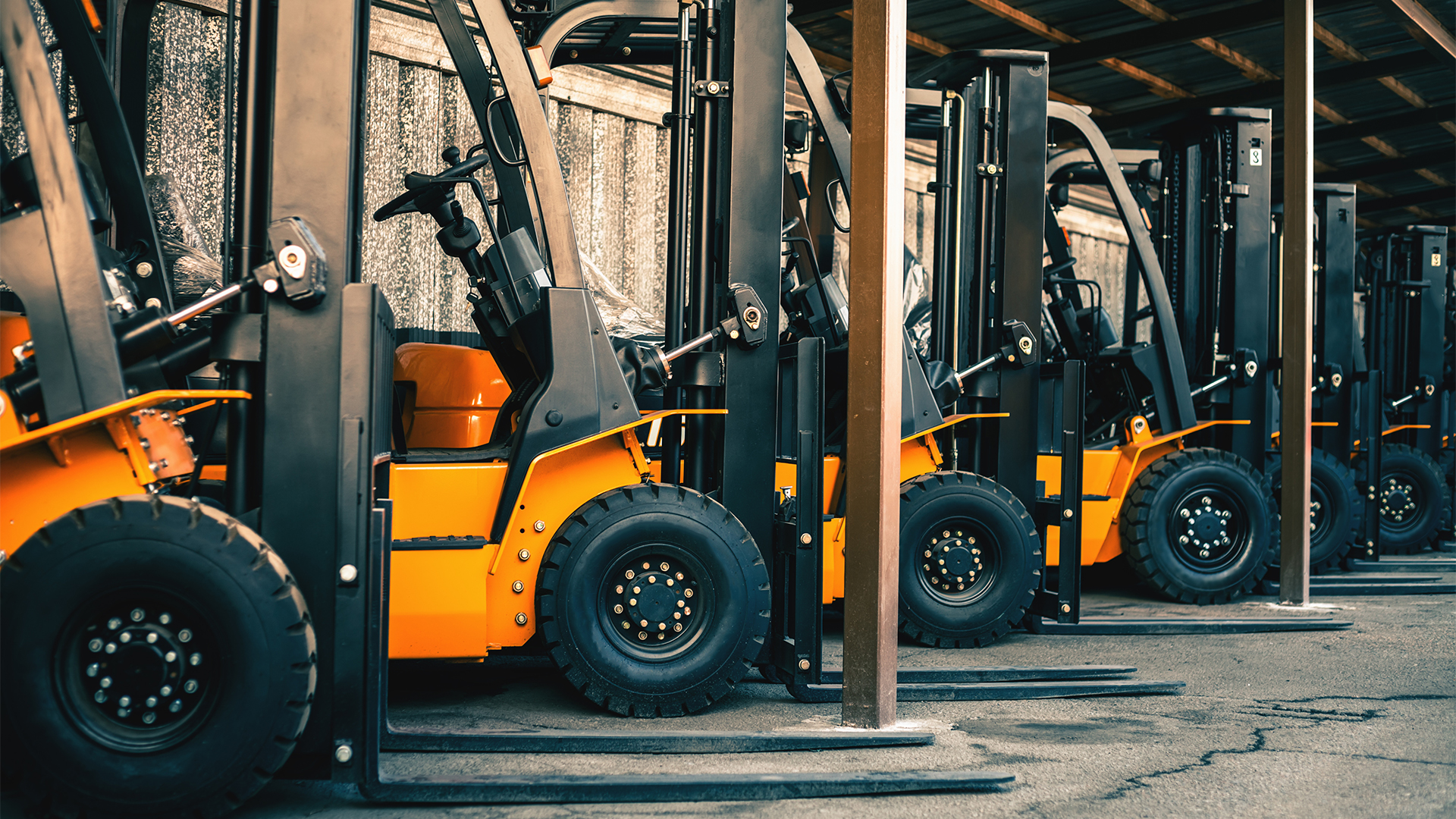All forklifts require regular maintenance to keep them in optimum condition and prevent breakdowns and accidents.
Like all mechanical equipment, a well-maintained forklift will serve you longer and deliver greater efficiency over time. Also, frequently inspected and serviced forklifts are less likely to break down when in operation, thus avoiding project delays, higher costs, and even workplace injuries.
From basic pallet trucks to giant stackers, numerous industries and businesses rely on forklifts to undertake essential operations, reduce handling and labour, and boost productivity. Here, used forklift truck specialists, PHL, highlight the importance of regular forklift maintenance, how often it should be carried out, and the benefits to owners and operators.
1. Carry Out Frequent Inspections
Regardless of reliability or build quality, all forklifts should be cared for and regularly maintained, but how often should you inspect your forklifts? Frequency of inspections depends on several factors such as operating hours, service history, previous maintenance records, wear and tear, safety features, age, overall condition, and operating environment.
To improve efficiency and longevity, it is important to adopt a thorough inspection plan and maintenance timeline. A typical maintenance checklist involves:
· Daily checks: Safety is paramount with forklifts, so daily inspections are essential. Operators should be fully trained and check tyres, horn, lights, alarms, fuel, and engine oil to prevent accidents or collisions.
· Monthly maintenance: Monthly maintenance, typically after 200 hours of service, includes cleaning the air filter, changing engine oil, checking battery health, inspecting the rotator, cap, plugs, drive belt, lift and tilt functions, adjusting idle speed, and lubricating the chassis, mast, and forks.
· Quarterly service: Quarterly maintenance, after 600 hours of service, includes draining fuel and water, cleaning radiators, replacing hydraulic filters, and inspecting the oil pump, PCV, handbrake, carriage rollers, and mast functionality.
· Six-month check-up: After 1,200 hours of service, conduct a thorough forklift inspection to assess its overall condition and identify issues. Check tyres, brake booster, and replace brake fluid, water filter, fuel filter, lubricant, wheels, counterweights, carriage, and mast.
· Annual service: Annual forklift service, following the manufacturer’s recommendations to protect the warranty, involves extensive checks and replacing brake fluid, fuel filter, engine coolant, water filter, and drive hub lubrication. Also, ensure the reverse light, brake pedal switch, and direction switch are working properly and replace if needed.
2. Check Key Safety Features
Safety features are essential for ensuring the safety of operators, workers, and others. Features like turn and back signals prevent accidents, and they are a legal requirement set out by the UK Government’s Health and Safety Executive. Failure to follow these strict HSE requirements can result in major fines and legal action if your forklift, or lack of sufficient training, is found to have caused an accident.
3. Examine Tyres
Safety maintenance always begins with a forklift’s tyres. Poorly-inflated tyres can lead to shifting loads and falling objects, increasing the risk of accidents. Therefore, tyre pressure should be maintained at the specified PSI rating. However, tyre pressure is also dependent on the weather; full pressure is recommended in cold conditions, while pressure should be below PSI when it’s warm to allow hot air to expand.
4. Repair Damaged Hoses
Leaky hoses are a common yet often overlooked problem with older forklifts. Not only do they pose a risk to employees who could slip on oil or fluid spills and suffer a workplace injury, but they also negatively impact a machine’s longevity and ability to function properly. Small leaks only get worse over time, so it’s important to repair or replace damaged hoses as soon as they occur.
5. Clean Regularly
Forklifts should be thoroughly cleaned on a regular basis to improve safety, efficiency, and avoid costly repairs. Only with thorough cleaning can specific problems be identified such as blocked radiators. Washing will clear your forklift of all dirt, mud, and foreign materials that may hinder the way it drives and operates, while also improving its general appearance. For maximum effect, a regular cleaning schedule, whether daily or weekly, should also involve blowing the radiators and changing filters that have become clogged with dirt and grime. You can also use a car cover or something similar to keep the lift clean when it isn’t being used.
6. Keep a Maintenance Record
Any work carried out on a forklift should be logged to build up a clear history of all servicing and repairs. Operators, technicians, and managers should note any problems they encounter including the number of repairs, which parts have been replaced, and which elements are covered by warranty or insurance. This information is vital for building a full picture of a machine’s condition, identify areas of concern, and improve its resale value.
7. Take Out a Maintenance Plan
More and more companies are choosing to take out a maintenance plan with a service provider to ensure their forklifts are regularly inspected and always in full working order. Not only does this remove the worry about a forklift’s condition, but it also saves the time and expense of repairing the machine yourself. Such maintenance providers only use trained technicians and will look after cleaning, repairs, and replacement parts so you can focus on other areas of the business.
From making regular inspection checks to replacing damaged parts when they happen, there are many actions you can take to prolong the life of a forklift. Not only will this deliver greater efficiency over time, but it will also improve overall safety, prevent workplace accidents, and reduce the cost of repairs, thus saving money in the long run.






